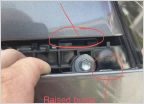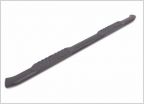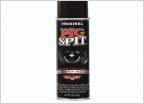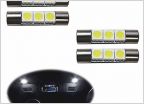-
Welcome to Tacoma World!
You are currently viewing as a guest! To get full-access, you need to register for a FREE account.
As a registered member, you’ll be able to:- Participate in all Tacoma discussion topics
- Communicate privately with other Tacoma owners from around the world
- Post your own photos in our Members Gallery
- Access all special features of the site
Do we really need more speeds than a six speed auto trans
Discussion in '3rd Gen. Tacomas (2016-2023)' started by Hoff, Jun 14, 2017.
Page 4 of 4
Page 4 of 4


 Tacoma bed mat in Canada?
Tacoma bed mat in Canada? Headlight Replacement Question
Headlight Replacement Question Over torqued oil canister
Over torqued oil canister What practical considerations should I take into account when buying new nerf boards
What practical considerations should I take into account when buying new nerf boards Keeping those black fender flares shiny
Keeping those black fender flares shiny Led vanity bulb size
Led vanity bulb size